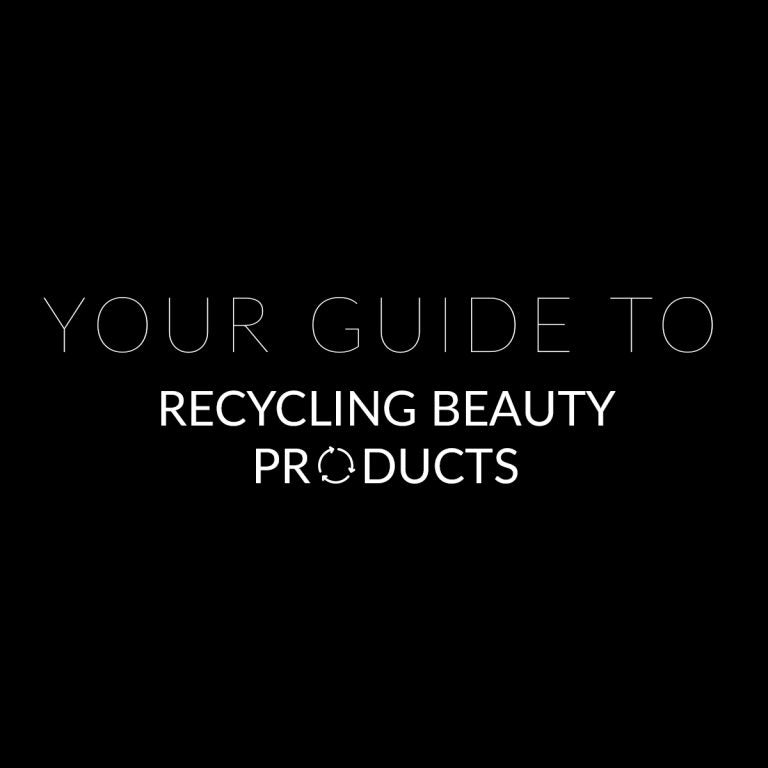Lifestyle
Topics such as eco-living and sustainability are increasingly under the microscope. And for beauty products it’s no different, with 1 in 4 people saying that value environmentally friendly beauty products*.
With the multitude of products we buy for our faces and bodies it’s vital that we understand how we can best dispose of them and remain conscious of our impact on the environment.
However, if you dig a little deeper, you’ll realise that a lot of the packaging and applicators we buy aren’t recyclable at all – or at least not at first – it’s important to know what you can and can’t do with your beauty products when you’re finished with them.
From empty shampoo bottles to dry shampoo and hair straighteners, there are plenty of ways to make a difference.

What makes beauty products so difficult to recycle? Mostly the small things.
Mirrors
Made of glass and therefore easy to recycle? Nope. The ones you’ll find in your beauty products have their reflected coating painted onto the back. So when glass is crushed for recycling, this paint gets mixed in too – making it nearly unusable.
Pumps
There’s close to 0% chance that any single pump that you can buy is recyclable. So your bottles for foundations, primers, serums, shampoos and fake tan haven’t got a hope of being recycled unless you remove the pump first.
Magnets
We love the feeling of cosmetics snapping shut. However, it’s not magic, it’s magnets.
Unfortunately, these cannot be recycled and if you want to recycle something like your compact mirror, you’ll have to remove the magnet as well as the mirror.
Brushes and applicators
Staples in everyone’s make up bag, brushes and applicators are an even bigger headache than some of the above items.
Make up brushes are made of tiny, superfine, non-recyclable nylon or plastic hairs. And it’s a similar story with applicators, the ones for your mascara for example are comprised of dozens of smaller and smaller non-recyclable parts.
How you can recycle more...
- Always check your bottles and packaging for the relevant recycling symbols. If it’s got the right symbol it’s fair to assume that it can go right into your recycling bin.
- Make sure to wash your recycling items before throwing them away. Some recycling centres will reject items that have residue in them. ‘Dirty’ products can’t be recycled.
- Consider other ways to recycle. Whilst electrical items such as hair straighteners and Clarisonic cleansing brushes cannot be recycled at home, your local recycling centre will accept a wide range of different household items. If the product is still in a good condition you can donate to a local charity shop, or even sell via online auction sites.
- Double-check your council’s recycling policy. Some areas aren’t equipped to deal with all types of plastic or complex materials.
- Check to see if your favourite brands have their own recycling or exchange scheme.
Looking to purchase a new beauty product? Why not try out a device that you can reuse time and time again such as Clarisonic, FOREO and NuFACE.
*Mintel 2019 Beauty and Personal Care Retailing Report





